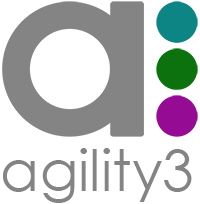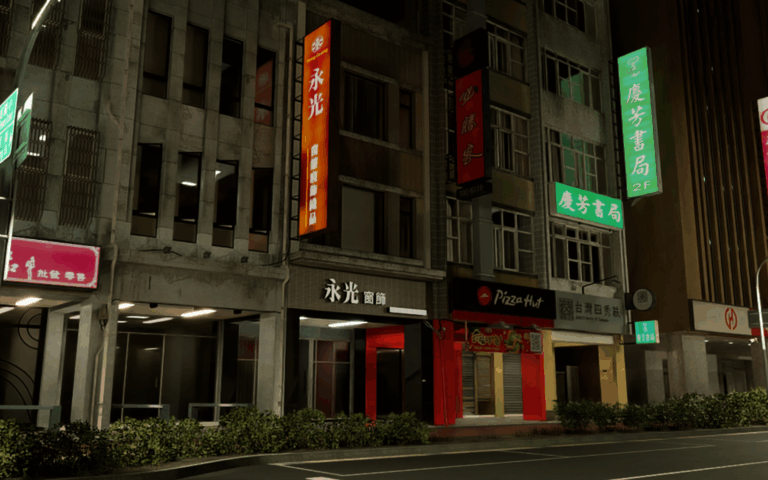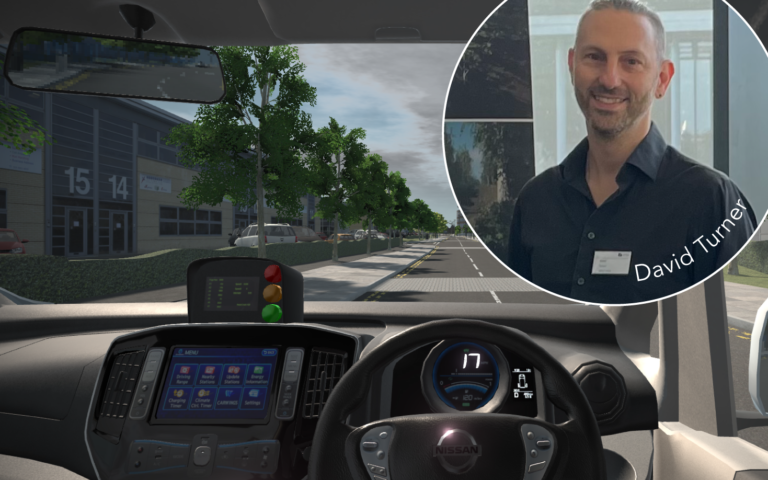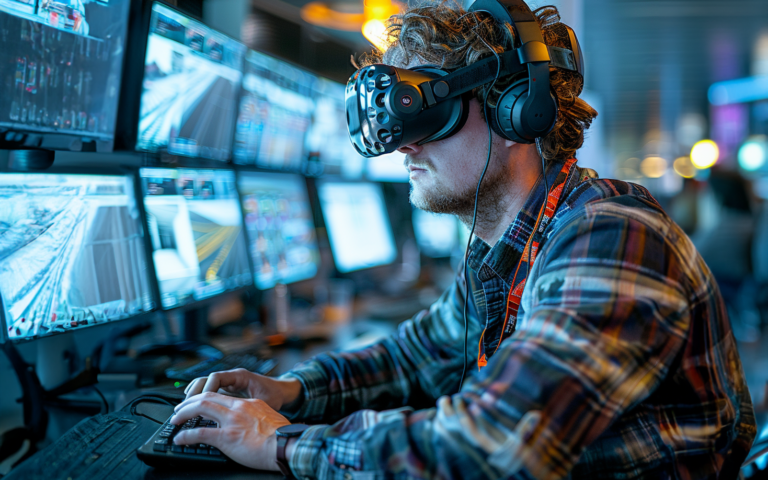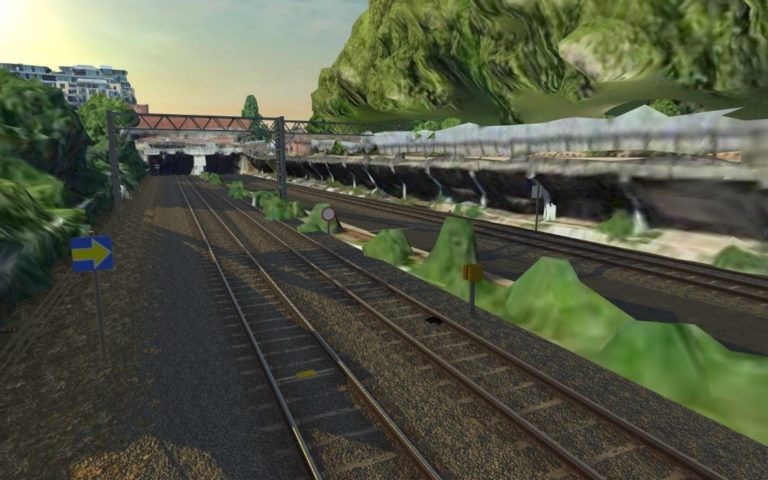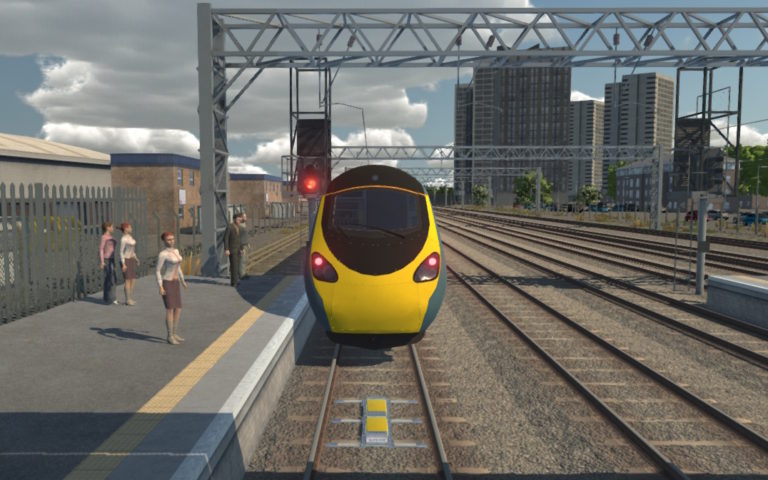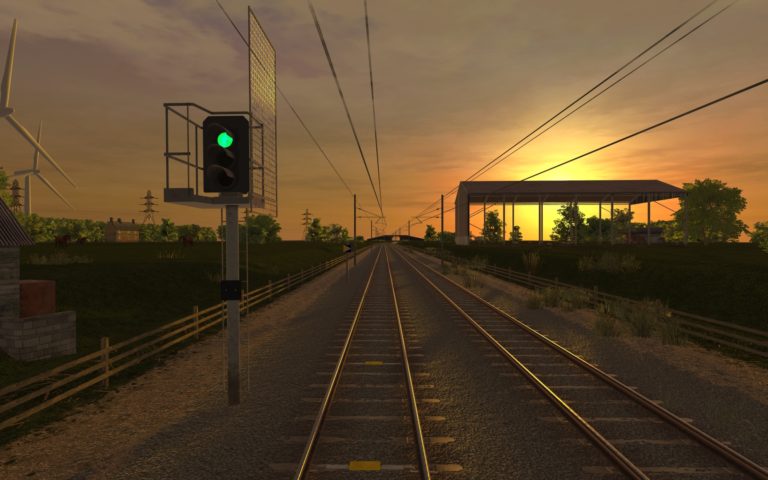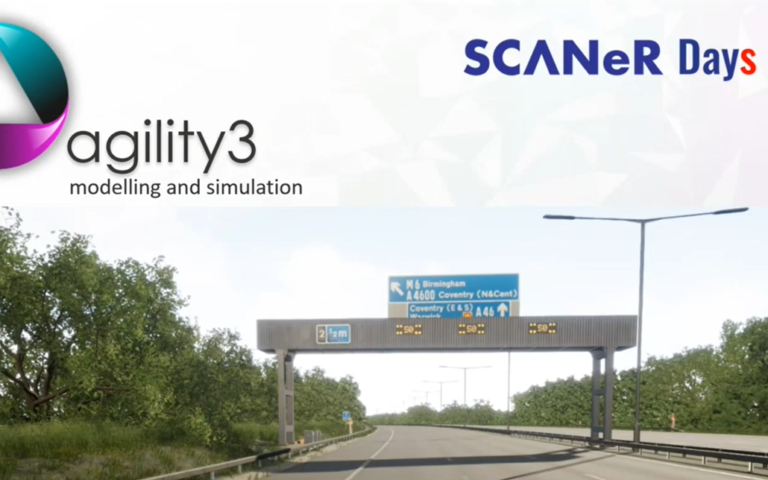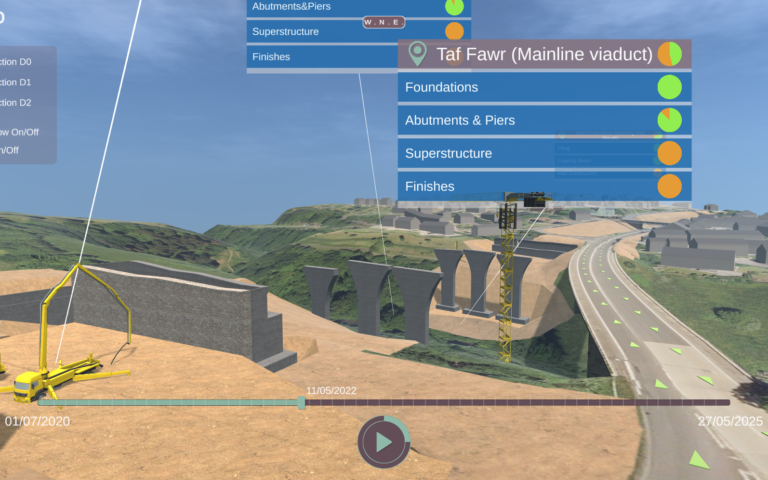Towards the end of last year, we discussed a world where virtual reality (VR) will become, for many organisations, a requirement for doing business, and we also made the prediction that in 2022 VR will be an area in which our own 3D and 4D solutions will play strongly.
Here are a few trends that reinforce why, in our core markets – infrastructure, driving and rail simulation, training – we believe VR, and our part in it, is set to become indispensable for our customers.
Trend 1: massive global growth
First of all, in 2022, the global VR market is projected to grow by 770% by 2022, compared to 2018 – an almost eightfold rise in just five short years.
And this growth is now very much business-driven. In a recent poll we ran, for example, businesses indicated strongly that they would like to improve engagement through the use of VR, AR, and simulation.
Overlay onto that the growing expectations on the part of a new generation of both buyers and workers that, for many interactions, virtual reality will be available, and it becomes clear that if businesses do not embrace VR they will be missing a trick – and, potentially, a competitive advantage.
But how will VR trends in 2022 relate specifically to our core markets here at Agility3?
Trend 2: immersive training to reduce costs and risks
Agility3’s specialism is creating 3D and 4D environments and the software solutions to build, deploy and manage them for two principal target audiences: end-user organisations and the simulation specialists that sell to them.
But in both cases, we have taken the technology beyond simulation, and into the realms of, interactive virtual reality, which delivers a more immersive experience at greater visual scale.
Why’s this important? Because the higher the quality of the underlying 3D and 4D solution, the more realistic the VR experience becomes – and the more effectively it can be used to replace or supplement physical experiences (training, for example) that can be both costly and hazardous.
A great example of the latter is the Explosive Ordnance Disposal VR Trainer we developed. This immerses the trainee in a range of scenarios where they can learn, get feedback and practice the processes for safe ordnance disposal in a risk-free, low-cost, accessible and memorable way.
And the revenue outlook for the VR training market in 2022? Some £4.63 billion in 2022, according to figures cited by Accenture.
Trend 3: smarter infrastructure design
For the infrastructure and construction projects Agility3 delivers, we foresee that VR will continue to change the game in many ways in 2022.
This is particularly the case with the addition of AR functionality that not only enables architects and engineers to “walk through” the design of a new or planned building or infrastructure project, but also to overlay designs on the existing physical environment to assess impacts and issues.
Ultimately, this will result in significant reduction in costs and project delivery times for clients, as issues and opportunities can be identified and demonstrated immediately and visually, rather than via traditional, drawn-out project communication processes.
Trend 4: the road to an autonomous future
Autonomous vehicle testing and development is critically dependent on the vehicle’s ability to fully understand its spatial environment. Many developers of autonomous vehicles and their systems already recognise the vast cost and time saving benefits obtained through the use of a virtual test-bed for system testing and validation activities.
But the expectations of realism are now growing at orders of magnitude greater than in many other simulation and VR applications. Responding to this challenge will be key to VR’s ability to thrive in road and driving applications in 2022 and beyond.
At Agility3, we’re already taking it to the next level, through our work with leading autonomous vehicle simulator specialist AVSimulation, and in our project with HORIBA MIRA, designed to test autonomous vehicles to their very limits.
Trend 5 (G)!
Finally, where autonomous goes, connectivity follows (indeed, the term “Connected and Autonomous Vehicles” – CAV – is now common).
As 5G is rolled out it will enable an even faster connection between transport systems and data, prompting new application options in which VR will be crucial.
These include, for example, enabling the vehicle to be controlled by an external operator should the situation require it.
And to put the timeline into perspective, Deutsche Telekom, as just one example, plans to install 5G on all key transport routes – such as motorways, main roads, and rail tracks – by no later than 2025!
2022: making the virtual a real opportunity
In summary, we believe there’s almost a perfect (and positive!) storm of VR-laden opportunity brewing for Agility3 in 2022, and indeed its customers – whether they are end-user organisations, or simulation specialists themselves.
Bring on the immersive training. Bring on the infrastructure projects. Bring on the CAVs. Bring on 5G. VR is now a business beast – and we’re ready for the year of the tiger.
